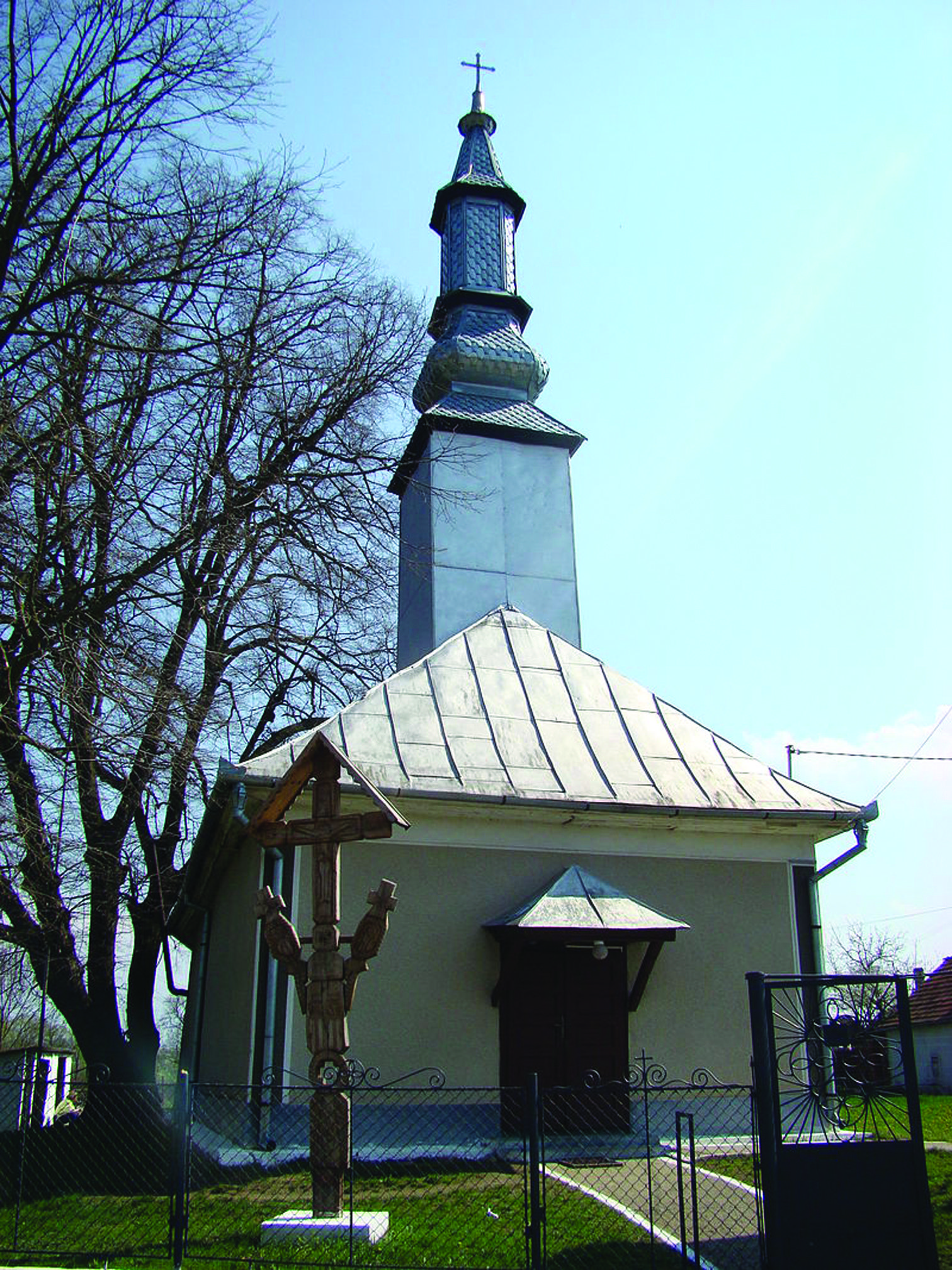Land of the Lilac Fairies. Wooden Churches. An Essay
Author: Adriana Crăciun

For orders, please use the shopping cart above or write to office@epublishers.info or call 0722156408.
The printed edition of this book is also on sale at Amazon.
For USA readers:
For readers in Germany and Switzerland:
For readers in Spain:
https://www.amazon.es/dp/B088N7ZFYG
For readers in Italy:
https://www.amazon.it/dp/B088N7ZFYG
For readers in the UK:
https://www.amazon.co.uk/dp/B088N7ZFYG
For readers in France:
https://www.amazon.fr/dp/B088N7ZFYG
For readers in Canada:
https://www.amazon.ca/dp/B088N7ZFYG
The iBookSquare.ro digital edition of this book can be downloaded from here:
http://ibooksquare.ro/Books/ISBN?p=978-606-049-189-7
(în curs de apariție)
The Google Play / Google Books digital edition can be downloaded from here:
(coming soon!)
The Kindle edition of this book can be ordered via this link:
Why “Lilac Fairies”? “Lioară (lilioară)” is a spring tradition, with prenuptial function, practiced in Bihor county. It is a dancing party with single boys and girls, having as central moment a dance with a song performed by the girls while the boys choose their dance partners. This choice may be equivalent to a marriage proposal.
“Lilioară” is a term that can be associated with lilac color, not with the bush. The representative flower of the Lilac Fairies in Bihor is actually the violet. More about this tradition in another volume of this book.
Sometimes, we feel like we have to get to a certain place no matter the cost. We don’t know exactly why, but we do our best to get there. I had this kind of feeling a few years ago about Oradea, Bihor County. This is where I met Mrs. Witta Larcher zu Eißeg from Germany. Following a discussion with her about Romania seen by foreigners, I felt that I could do something to brighten the image of our country.
From my interactions with people in other countries I learned that Romania is the country that beheaded its president, the country where there is no soap and where the inhabitants rarely use warm water to wash themselves. I was asked in France if my parents lived on mushrooms and berries harvest. The same person who asked me this question was excited about coming to Romania to take a trip to the previous century.
Anecdote or not, someone told me that inside a railway station in a European Union country, passengers could read the request, “Dear Romanians, please, do not steal!” My son is playing a multiplayer online game with participants from several countries. When he introduces himself and he mentions his country, the reaction is oftentimes, “Ah, Gypsy!” These are just a few examples of humiliating stereotypes associated with us, Romanians.
What I decided to do seemed easy initially, but it’s not. I did start a trip back in time in the Romanian village. As the idea sparkled in Bihor, I chose to start with this county. Based on a plan devised by the professor and ethnographer Crăciun Parască I began this project whose final I cannot anticipate. That’s why I arrived at the conclusion to publish the material in more volumes, one at a time. The first part is dedicated to the wooden churches in Bihor to underline the ancestral connection of the Romanians with the divine.
I thank Auntie Mia Lăpuşan for accommodation and to Dan Bârhoată, who loves and keeps Romanian folklore, having graduated a master’s degree in the area of intangible cultural heritage, for advice that I have taken into account. I thank my parents who met in Oradea, and they certainly sent me something from the energy of the place, and not least to my family, husband, son, and my in-laws who support me in conducting this project.
Adriana Crăciun

![[978-606-8499-60-4] Apocalipsa altfel. Eseu](/web/image/product.product/423/image_128/%5B978-606-8499-60-4%5D%20Apocalipsa%20altfel.%20Eseu?unique=3b22710)
![[978-606-049-188-0] Tărâmul lioarelor. Biserici de lemn. Eseu](/web/image/product.product/1533/image_128/%5B978-606-049-188-0%5D%20T%C4%83r%C3%A2mul%20lioarelor.%20Biserici%20de%20lemn.%20Eseu?unique=6252ce5)